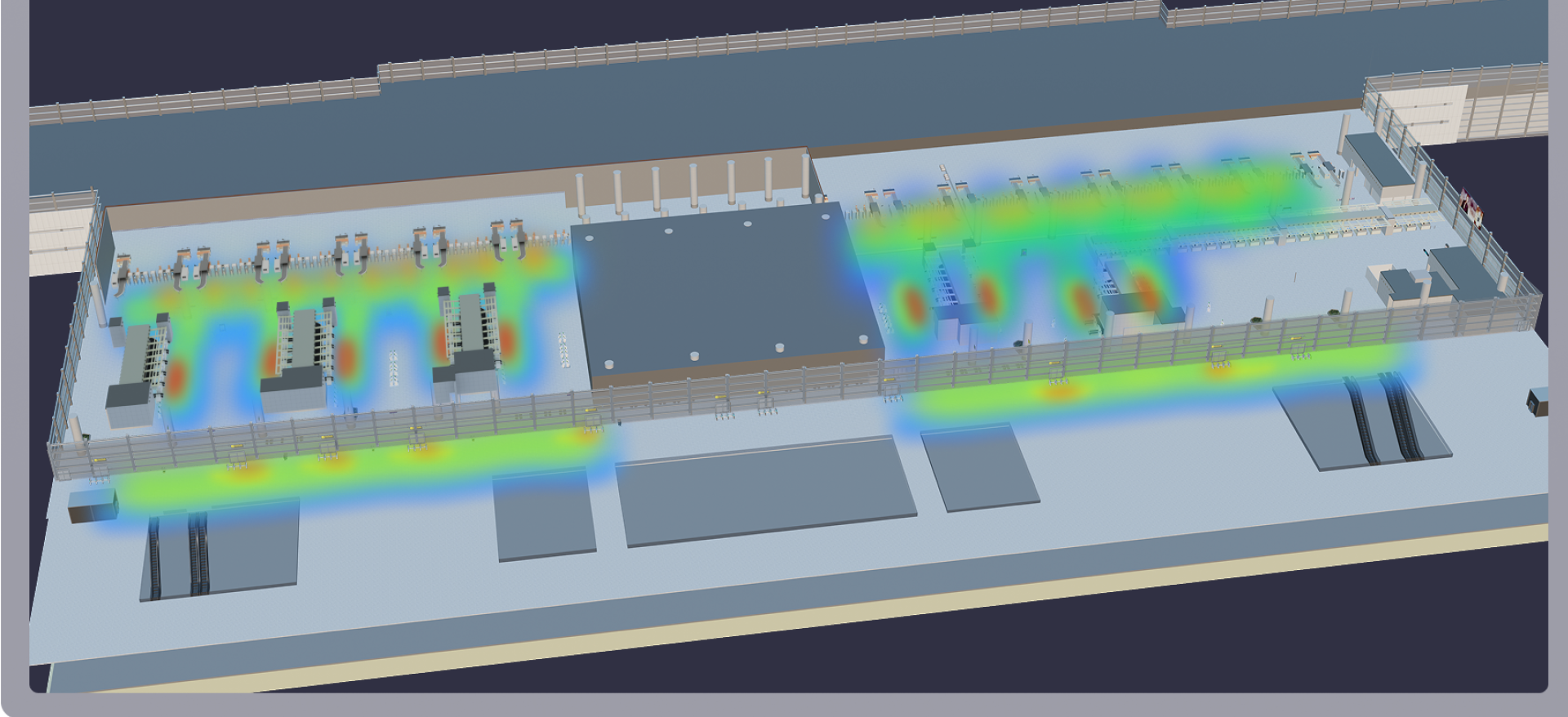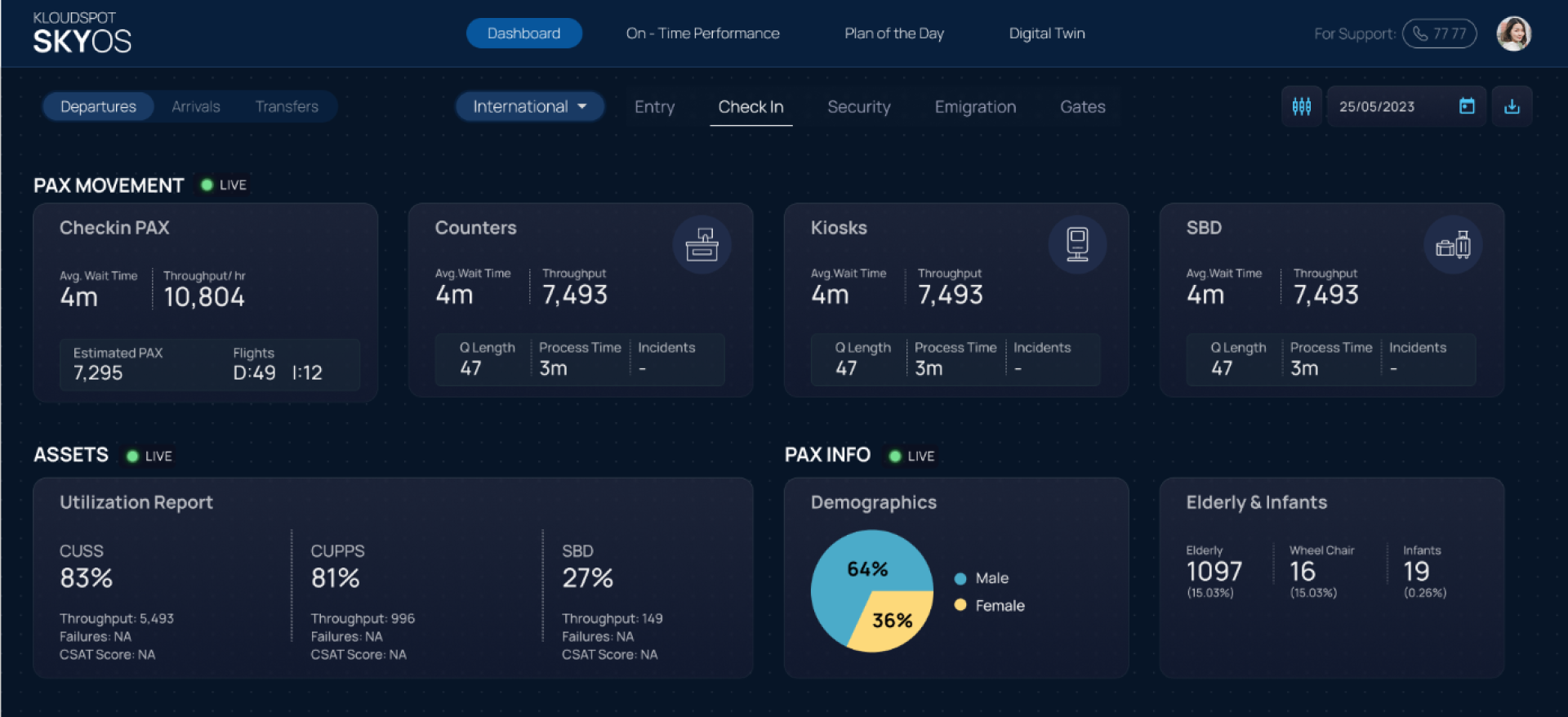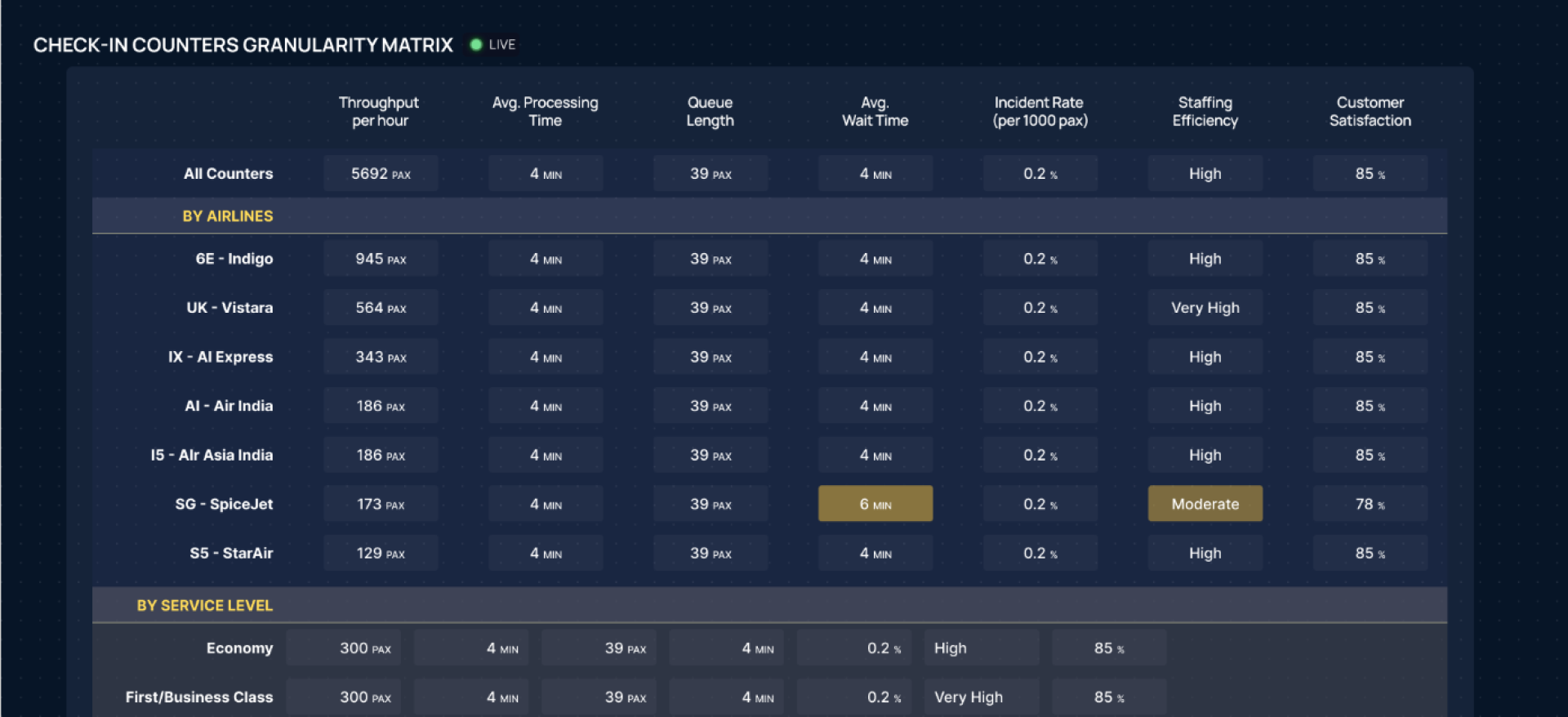Real‑Time Queue Management: How Physical AI Transforms Airport Check‑ins
Navigating airport check-ins has long been a pain point for travelers. Airports worldwide face mounting pressure to enhance passenger flow, reduce delays, and improve overall experience while maintaining security and operational efficiency. Enter Physical AI, a cutting-edge fusion of sensor technology, AI analytics, and automation that is revolutionizing airport operations by transforming how queue management is handled. Unlike traditional queue systems that often react only after congestion occurs, Physical AI enables airports to anticipate, respond to, and optimize passenger movement in real-time.
From Data Silos to Unified Situational Awareness
Traditional airport operations tend to rely on fragmented data systems for flight schedules, staffing, and passenger monitoring. This fragmentation results in reactive crowd management, where queues are identified only after they form, forcing manual intervention that’s often too slow to alleviate congestion effectively. Physical AI breaks down these silos by integrating diverse data sources, such as CCTV footage, Wi-Fi and Bluetooth location signals, flight operations data, and environmental sensor data, into a single, unified digital twin of the terminal environment. This real-time, contextual model gives operators situational awareness that’s both comprehensive and actionable.

Predictive Queue Management in Action
By forecasting crowd buildups before they escalate, Physical AI platforms like Kloudspot’s LISA AI can automatically reassign staff, open new check-in counters, and direct passengers to the shortest lines using live wait-time maps and dynamic signage. These proactive interventions help prevent bottlenecks and maintain smooth passenger flow, dramatically reducing wait times. Passengers benefit from real-time updates delivered through mobile apps and digital displays, guiding them efficiently through check-in and security checkpoints. Virtual queuing features enable travelers to reserve their place remotely, eliminating the need to stand in physical lines and enhancing comfort throughout their airport journey.

Automation That Acts Instantly
Physical AI doesn’t stop at prediction. It powers closed-loop automation that triggers context-aware operational responses. These responses are actions specifically tailored to the current situation, such as rerouting crowds, optimizing energy use, or managing safety protocols without requiring manual intervention. This continual adaptation enables airports to maintain peak performance even during unexpected surges or delays.
Real Results for Airports and Passengers
Airports adopting Physical AI solutions report significant improvements: average wait times shrink, passenger throughput increases, staffing becomes more efficient, and retail revenues rise due to stabilized foot traffic. Beyond hard metrics, passenger stress decreases, satisfaction grows, and airports enhance their reputation in a fiercely competitive industry.

The Operational Brain for Intelligent Queue Management
Kloudspot’s LISA platform exemplifies the power of Physical AI in queue management. By unifying live sensor data with operational systems, LISA AI acts as an airport’s central nervous system, providing predictive and forensic insights that drive automated staffing adjustments, passenger guidance, and cross-functional coordination. Designed to integrate with existing infrastructure without costly overhauls, LISA AI delivers immediate value with scalable, modular deployment options. Its open APIs enable seamless connection to third-party systems, ensuring interoperability and future readiness.